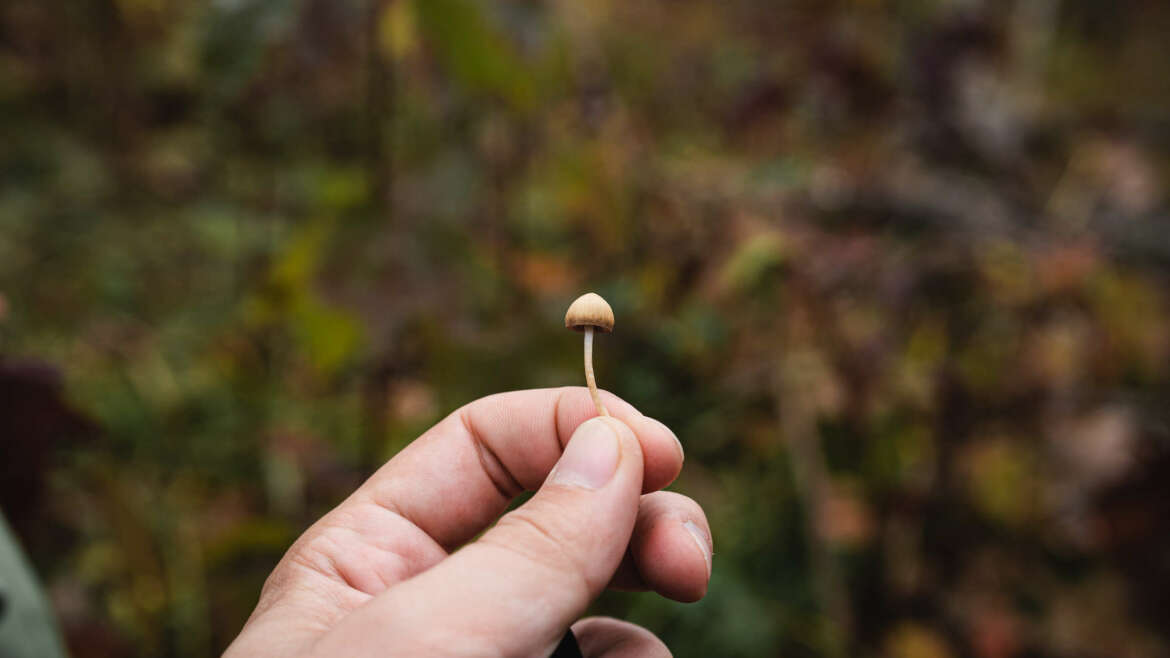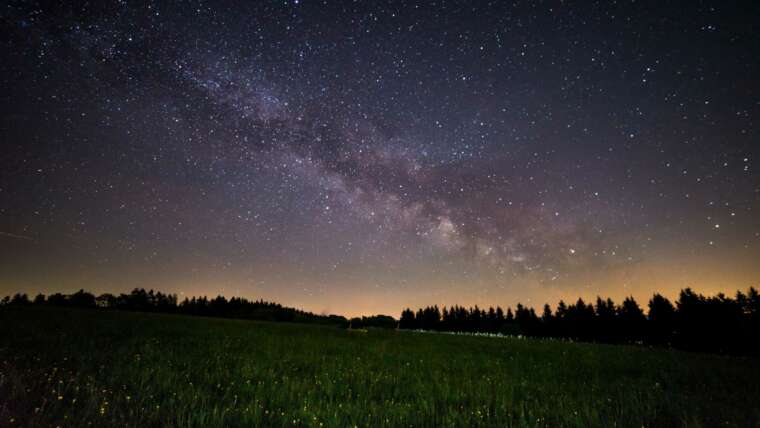With the current revival of psychedelics and exploding interest in natural cures, society has started to reconsider that substances that used to be considered illegal drugs are now being referred to as powerful healing plant medicines. Undeniable evidence is emerging, and continues to emerge, from well respected and established academic and research institutions on how, with the right dosage, set and setting, and assisted with therapy or coaching, experiences with psychedelics such as ketamine, psilocybin mushrooms, DMT, ayahuasca and San Pedro cactus can positively impact health and wellbeing in a number of mental and physical illnesses.
So how long have humans been consuming psilocybin containing mushrooms?
There seems to be a huge amount of evidence suggesting that humans have been consuming psilocybin mushrooms since the dawn of civilization 12,000 years ago. There is a beautiful theory by Terrence Mckenna called the “stoned ape theory” that suggests that the emergence of consciousness as we know it and language, plus the ability to self-reflect comes from the ancient and sustained consumption of psilocybin mushrooms from our monkey ancestors. This consumption may have sped up the process of human evolution, creating states of hyperconnectivity between neural pathways in the brain, doubling the size of the brain, leading to innovation and the sparking of ideas like religion.
There is evidence with rock paintings in Australia and Europe depicting mushroom use and mushroom worship dating over 10,000 years ago. In central America ancient mayan and aztec civilizations mushrooms were used in spiritual and religious ceremonies for healing, diving with their gods, and celebrating sacred life. In the Aztecs and Mayans Nahuatl language psilocybin mushrooms were named “ Teonanacatl “ when translated means “flesh of the gods“. They believed the magic mushrooms were given to their ancestors, the serpent god who created all life.
Mushrooms used today as a healing tool
Fast forward to modern history to probably the main reason why most of us nowadays know about mushrooms as a healing tool. In 1939 Gordon and Valeria Wasson travelled to Huatla de Jimenez in central America searching for the mushroom. They experienced ceremonies with two local shamans, Don Aurelio and Maria Sabina, who introduced them to psilocybin mushrooms. After they returned, they published their experience in Life magazine and this kickstarted the explosion of the awareness in western culture of “magic mushroom”, a term they coined in that article. From samples the Wassons sent to Dr. Albert Hoffman, he then synthesised the compounds which were later sold by Sandoz Pharmaceuticals under the name Indocybin.
Inspired by Wasson’s article Harvard professor Timothy Leary and his fellow Harvard colleague Dr Richard Alpert, who would later become Ram Dass, founded the Harvard Psilocybin project with the objective to see if psilocybin could potentially help emotional issues in humans. Here they birthed psilocybin therapy as we know it today.
Research into psilocybin therapy
The legality, accessibility and desire for a different way of being meant that the usage of psychedelics were a very important piece in helping create the hippy counterculture movement throughout the 1960s, mostly in the USA and UK. This created a huge disillusionment in the governmental systems, including opposition to the controversial Vietnam War. Launching his ill-fated “War on Drugs”, President NIxon labelled Timothy Leary, “the most dangerous man in America’ ‘. The 1971 UN convention of psychotropic substances classed psilocybin as a schedule 1 drug. Psychedelics were banned. This put an immediate halt on the important research work into psilocybin therapy.
It was not until the late 1990s that in the University of Zurich research began again to explore psilocybin. This new research using new technologies showed that psilocybin increased brain activity in a variety of ways, and sparked other institutions and facilities to carry out further research. Findings showed that along with increased brain activity psilocybin can be effective in treating a large number of mental health issues along with chronic pain. Now research is in full flow across the US, in the UK at Imperial College London and UCL, and now in Spain as the first licence for psilocybin based research has been granted.
So we find ourselves in the midst of a psychedelic research renaissance creating access and opportunity for people to benefit from the incredible properties of this humble mushroom. In some countries the mushroom is legal. In may more it is decriminalised. And more and more places will inevitably follow.
Why is the psychedelic experience so powerful?
Why is the psychedelic experience so powerful? Many people talk of psilocybin as creating the most profound spiritual experience in their life. It’s undeniably life changing and regardless of your spiritual or religious beliefs, it drives a clear connection with what is often loosely discussed as “universal consciousness”. Explained simply, this is awareness of how we are all connected, how we all originate and rely on one common source. It’s not complex, it’s the basic principle of natural evolution, but it is something that we have lost touch with in modern culture, and it is this reunion which is at the heart of what psilocybin provides us. A catalyst for powerful and radical change at a personal and societal level.
Disclaimer
The material in this blog is provided for informational purposes only and is not designed to prescribe, diagnose, or treat any physical or mental illness. None of the information presented here should be treated as medical or professional advice.




